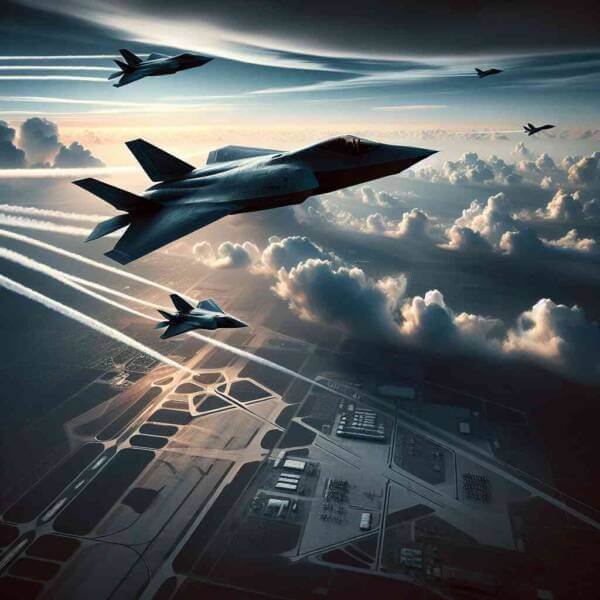Exploring Military Aviation: The Evolution of Air Power
Exploring Military Aviation: The Evolution of Air Power
Blog Article

The use of aircraft in military operations provides strategic advantages.
Nations invest heavily in military aviation to protect national interests.
History of Military Aviation
As technology advanced, airplanes were adapted for combat, reshaping military strategies.
Important events in the evolution of military aviation:
- Development of air combat tactics
- World War II advancements
- The Cold War era
- Remote operations changing the face of conflict
Each era brought innovative strategies that expanded aerial warfare.
Different Roles of Military Planes
Military aviation includes a variety of aircraft, each designed for unique purposes.
Major aircraft classifications:
- Aircraft designed for air-to-air combat
- Bombers
- Transport aircraft
- Eyes in the sky for modern armies
Each type plays a key part in military operations, from striking enemy targets.
Importance of Air Superiority
Controlling the skies protects ground operations.
How controlling the air impacts battles:
- Protecting ground forces
- Cutting off enemy resources
- Surveillance and reconnaissance missions
- Boosting morale
Nations with strong military aviation capabilities can defend their interests more effectively.
Advancements Shaping the Future
Constant research and development open new possibilities for future warfare.
Cutting-edge developments:
- Low-visibility planes
- Missiles and aircraft traveling at speeds greater than Mach 5
- Autonomous drones
- Laser and electromagnetic systems
These advancements increase survivability for air forces worldwide.
Obstacles Facing the Industry
Despite technological superiority, military aviation faces numerous challenges.
Key challenges include:
- Budget constraints for defense programs
- Rapid technological changes
- Protecting systems from hacking and sabotage
- New debates about AI in warfare
Addressing these challenges is crucial to staying ahead.
What Lies Ahead
The future of military aviation promises radical innovations.
Future trends may include:
- Greater integration of artificial intelligence
- Military satellites and space-based weapons
- Eco-friendly military aircraft
- Enhanced multinational cooperation
The next era of military aviation will shape the future of global security.
The Enduring Power of Military Air Forces
Its history, present achievements, and future possibilities showcase technological excellence.
As technology continues to evolve, visit the skies will remain a frontline of innovation where military aviation protects nations.
The future of military aviation is full of potential — and it’s only just beginning. Report this page